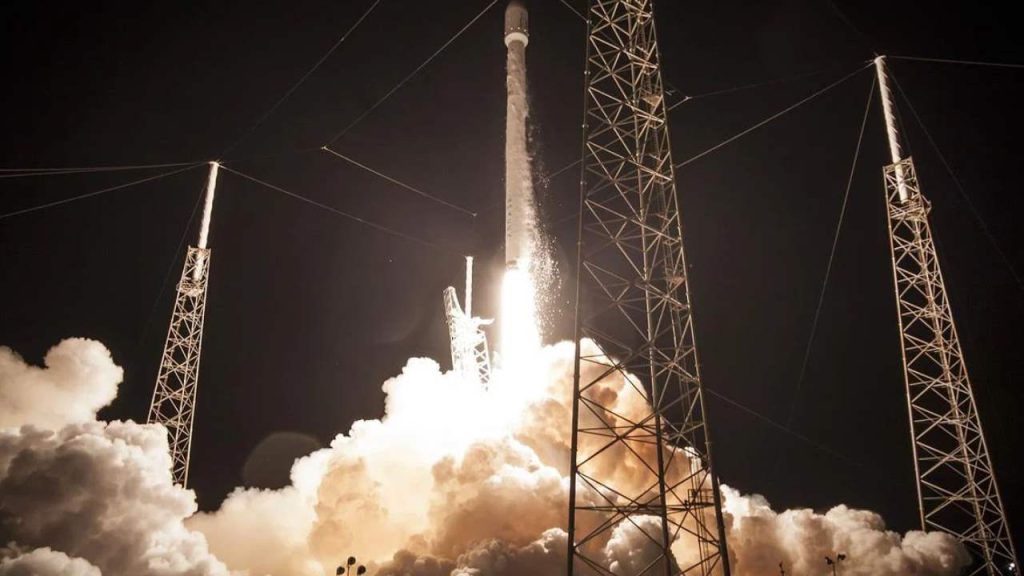
Continued rocket launches into space can destroy the ozone layer
The launch of rockets into space multiplies more and more between the placement of satellites in satellite orbit, various scientific missions and space tourism. A new study by NOAA researchers shows that these continuous launches into space can create problems for the ozone layer, with significant impacts on the atmosphere and thus the environment.
Emissions directly into the stratosphere.
The rockets are powered by paraffin engines. These engines emit heavy exhaust gases that contain, among other substances, carbon black, also known as soot. These emissions occur directly in the stratosphere as the rocket passes through. This same region of our atmosphere contains an ozone layer that is essential for life on Earth because it protects us from the sun’s ultraviolet rays.
Effect of 10,000 tons of soot per year
NOAA researchers used climate models to simulate the effect of 10,000 tons of soot injected into the northern hemisphere’s atmosphere each year for 50 years. They calculated that with a 10-fold increase in hydrocarbon-based releases (an increase unimaginable at the current rate), the ozone layer could be damaged in the next two decades, potentially changing atmospheric circulation models.
Space launch rates have more than tripled
According to Christopher Maloney, a CIRES researcher who also works at NOAA and the study’s lead author, it is critical to understand these effects associated with different types of rockets, which are in part related to ozone and climate in general. You should know that in recent decades, the number of space launches has more than tripled, and this acceleration certainly has not diminished. Rockets can be considered the only direct source of aerosol pollution of the area above the troposphere, a part that extends several kilometers above the Earth’s surface.

“Organizer. Social media geek. General communicator. Bacon scholar. Proud pop culture trailblazer.”
